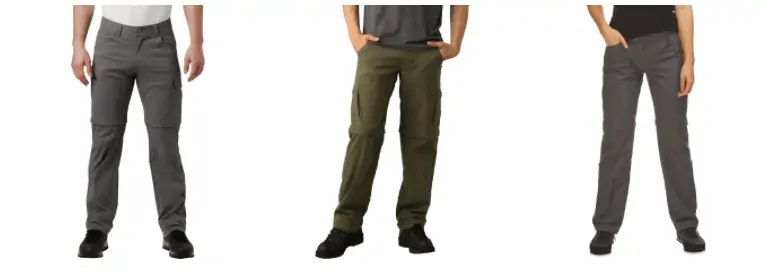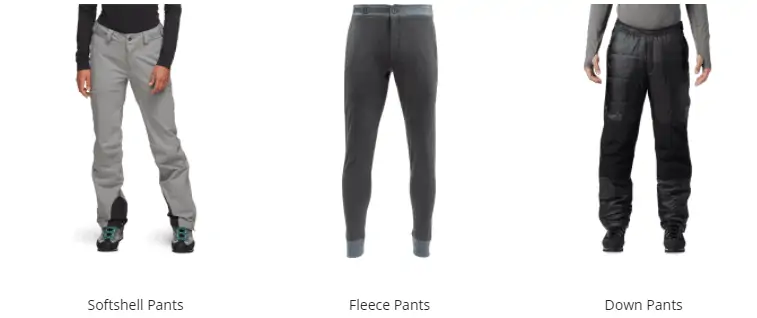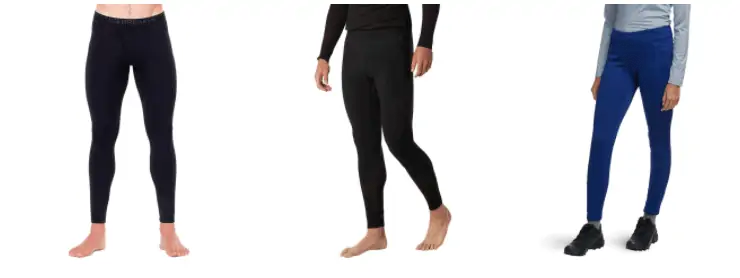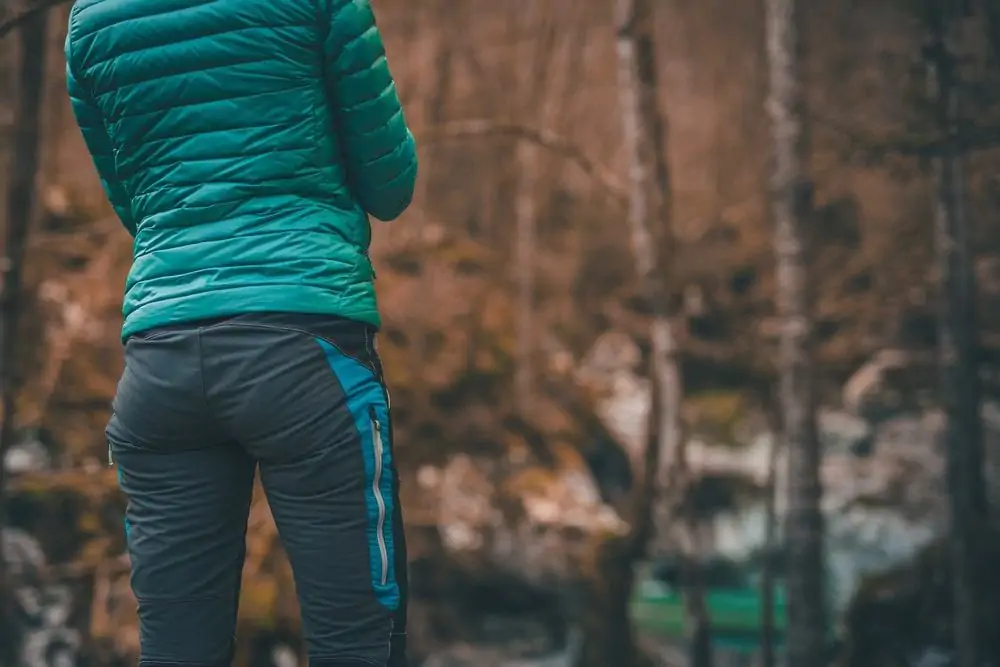
On Kilimanjaro, you will endure a variety of environmental conditions. With five separate climate zones on the mountain, your gear needs will change accordingly. So it is important to pack the right layers to keep your legs dry, warm, and comfortable for the entire climb.
Travel Pants for Your Flight Over
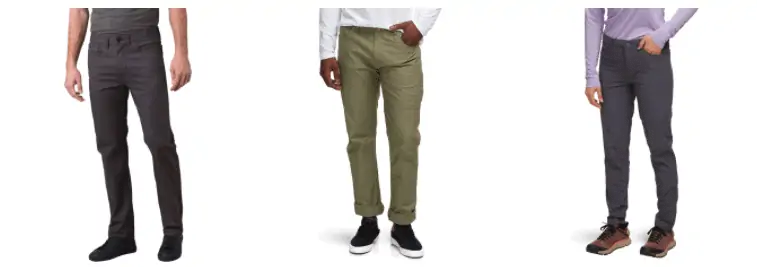
The flight to Tanzania is quite long for most people. We suggest bringing something comfortable to wear as you travel. Though hiking pants or your favorite pair of jeans will certainly work, we like a dedicated pair of travel pants for the journey to Africa.
Good travel pants are often constructed with a nylon blend. A spandex/elastane fabric with some stretch works well. Additionally, it is nice to have plenty of pockets for your passport, boarding pass, phone, wallet, etc.
Staff Picks
Hiking Pants for Your Day Hikes
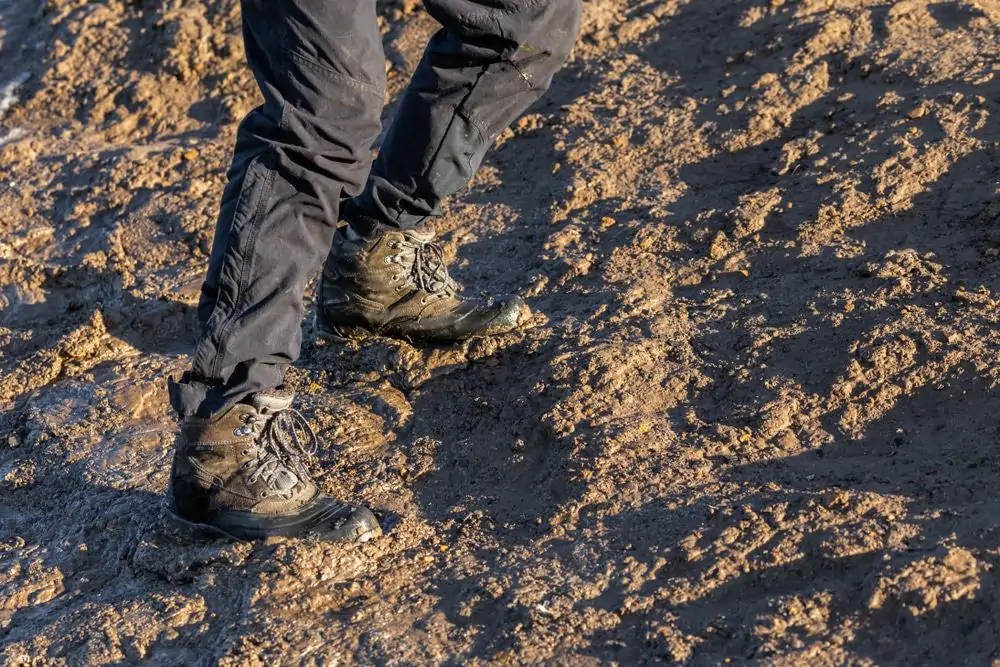
You will wear your hiking pants everyday on the mountain. We recommend bringing two pairs which you can alternate between, or wear the first pair for the first half of the trip and switch to the second pair for the final days. If you are worried about them getting dirty or dusty – stop. There is no way to keep pants clean on a multi-day expedition in these types of conditions.
Choose pants that are versatile, comfortable and weather resistant.
We are a big proponent of lightweight, convertible pants, which transform from shorts to pants with a simple zip. They are the most versatile type of pant you can bring with you on your trek. With removable legs, you can completely remove the bottom portion when trekking in warm daily temperatures of the rainforest, heather/moorland and even the alpine desert zones. You can also partially open the zipper just to let some heat escape or close the zipper when it gets chilly.
As with all gear, comfort is key in any pants you wear. They should be made of quick-drying, stretchy nylon. They should also be rugged and quick-drying. Look for pants that are water-resistant. They should be durable so they do not tear easily and made with stretchy material like spandex or elastane so they move with you rather than inhibit you. Whether you prefer a slim fit or relaxed fit is up to you.
Also, look for features like zippered pockets, cargo pockets, and zippers at the ankle for ease of removal. Some pants come with built in adjustable belts. We find this feature very convenient versus using an external belt.
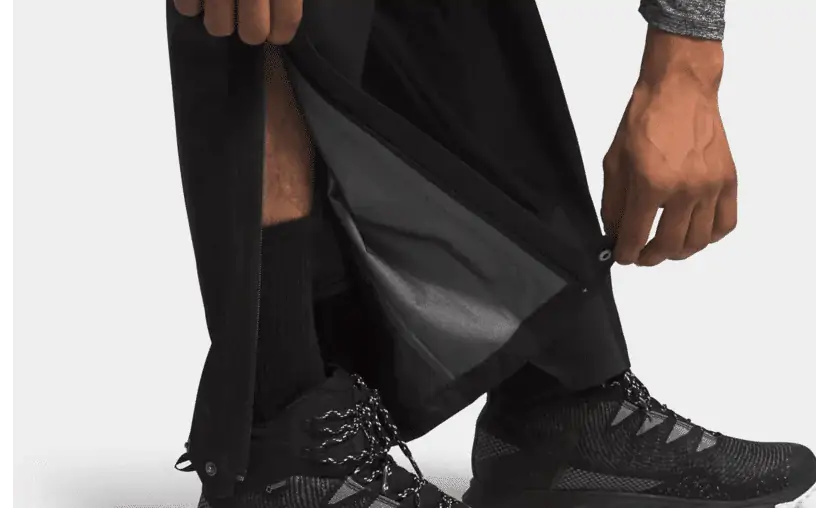
The mountain creates its own weather and no matter when you visit, you will need something to repel water. You can experience heavy rain and strong winds even in the middle of the dry season.
Therefore, you are required to have rain pants. They should be breathable, lightweight, waterproof pants. Full side zips are a great feature because you can put these pants on and take them off without taking your boots off. Ankle zips and half zips help but aren’t nearly as convenient.
Waterproof pants will serve you well not only when it rains at lower altitudes, but also when it snows at higher altitudes. For the summit push, temperatures can hover around zero degrees Fahrenheit, not to mention wind chill. Most people wear their rain pants in addition to a baselayer and hiking pants for this section.
We do not recommend ski or snowboarding pants in lieu of rain pants. Although they are effective at blocking wind, snow, and rain, they are too thick to be worn in wet but not particularly cold situations.
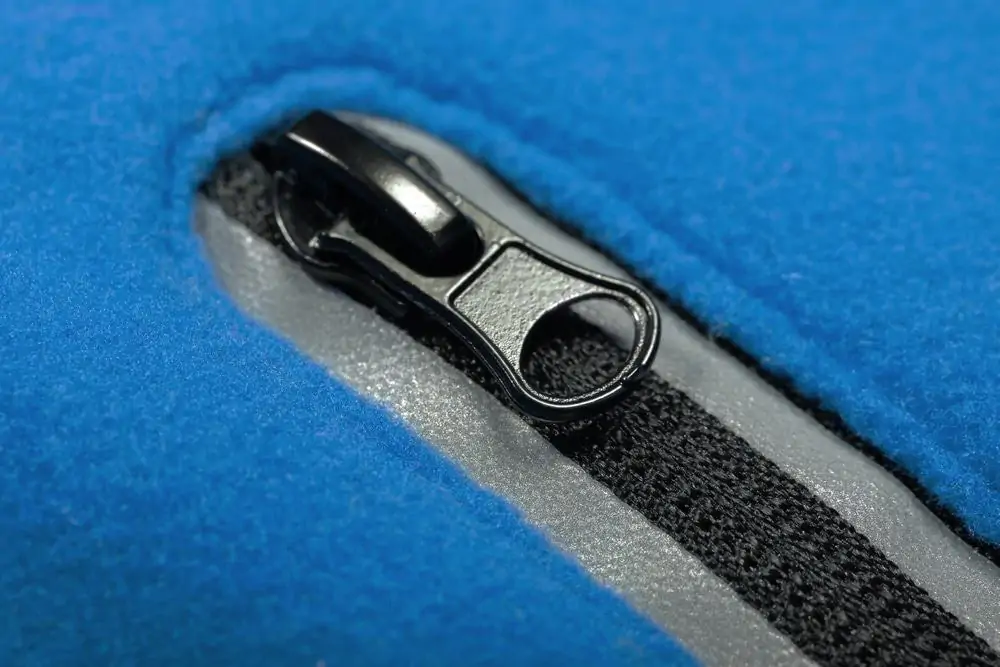
Peak Planet requires one pair of thicker, warmer pants. These can be softshell, fleece, or down pants. Softshells are the least insulated and down pants are the most insulated. We find the pair in the middle, fleece pants, to be the best choice for most people.
Softshell, fleece or down pants are worn during the coldest temperatures – on the summit night, during the evenings at camp, and perhaps overnight while in your sleeping bag. It is also possible you will not need them but you want to be prepared for the most extreme conditions.
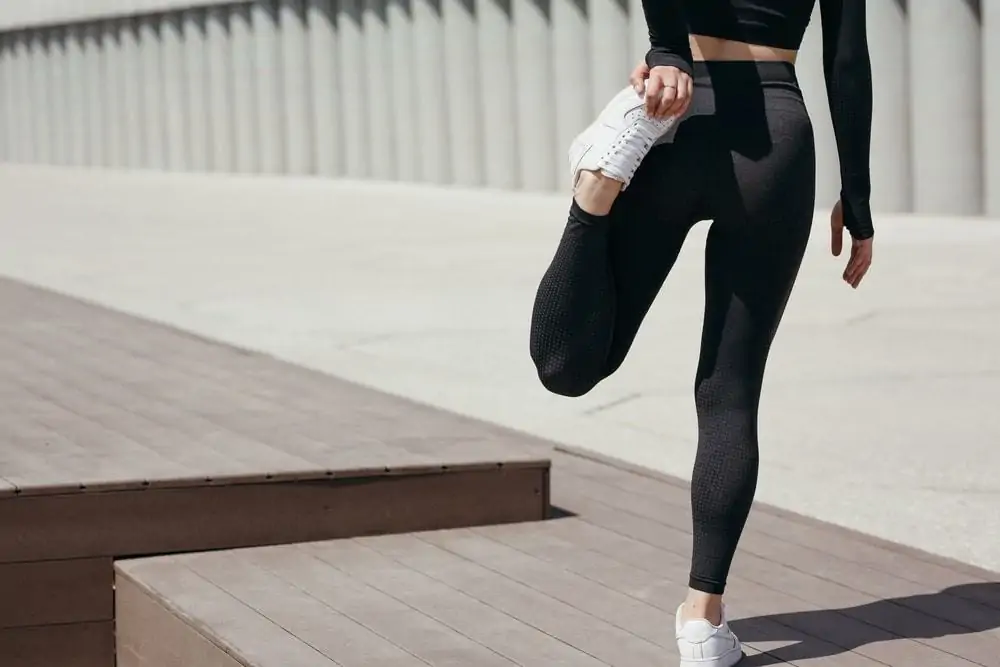
Lastly, you should have a pair of long underwear, also known as tights, leggings, baselayer bottoms or yoga pants. These are tight fitting, elastic pants that add another layer of warmth. You can wear these alone or under your shorts for hot to warm days, or under you hiking pants for cold days. You almost certainly will want these for the ascent to the summit.


